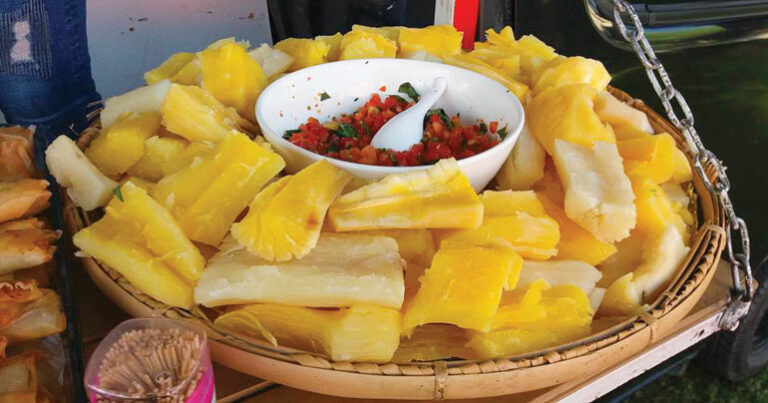Introduction to Timor-Leste cuisine
Timor-Leste, also known as East Timor, is a Southeast Asian country situated on the eastern part of the island of Timor. Its cuisine is a blend of Portuguese, Indonesian, and native flavors, reflecting the country’s diverse cultural influences. Timor-Leste cuisine is characterized by its use of fresh, locally sourced ingredients and simple cooking techniques that bring out the natural flavors of the food.
Influences on Timor-Leste cuisine
Timor-Leste’s cuisine has been influenced by the country’s history of colonization and migration. The Portuguese introduced new ingredients such as chili peppers, tomatoes, and corn, which have become staples in Timor-Leste cuisine. Indonesian cuisine has also had a significant influence on Timor-Leste’s food culture, with dishes like nasi goreng and sate entering the national cuisine. The country’s indigenous population has contributed to the cuisine through their traditional cooking methods and ingredients such as cassava, taro, and coconut.
Staple ingredients in Timor-Leste cuisine
Rice is the staple food of Timor-Leste, often served with beans, vegetables, or meat. Fresh seafood, including tuna, squid, and shrimp, is also common. Other common ingredients include garlic, onions, chilies, ginger, turmeric, lemongrass, and coconut milk. Timor-Leste also has a rich variety of tropical fruits like papaya, mango, and pineapple, which are used in desserts and drinks.
Popular Timor-Leste dishes
One of the most popular dishes in Timor-Leste is ikan sabuko, a grilled or fried fish served with a spicy tomato sauce. Another favorite is batar daan, a vegetable soup made with pumpkin, corn, and spinach. Nasi goreng, Indonesian-style fried rice, is also a common dish. For dessert, Timor-Leste is known for its cassava cake and bolo de mel, a honey cake.
Unique flavors in Timor-Leste cuisine
Timor-Leste cuisine is known for its bold and spicy flavors. Chilies are used liberally in many dishes, adding a fiery kick to the food. Turmeric is also a key ingredient, giving dishes a bright, yellow color and a slightly bitter flavor. The use of tamarind and lime juice adds a tangy flavor to many dishes, while lemongrass adds a refreshing, citrusy note.
Timor-Leste’s traditional food culture
Traditional food culture in Timor-Leste centers around the concept of communal eating. Families and friends gather around a shared plate of food, using their hands to eat. Many traditional dishes are cooked over an open fire, giving them a unique smoky flavor. Special occasions, such as weddings and religious festivals, are celebrated with large feasts featuring traditional dishes like babi assado, a roasted pork dish, and manuk no’os, a chicken soup.

